Balding Crown: How to Spot It - And What to Do About It
.png?v=1664464060039)

Related products
What’s covered?
Balding Crown: How to Spot It - And What to Do About It
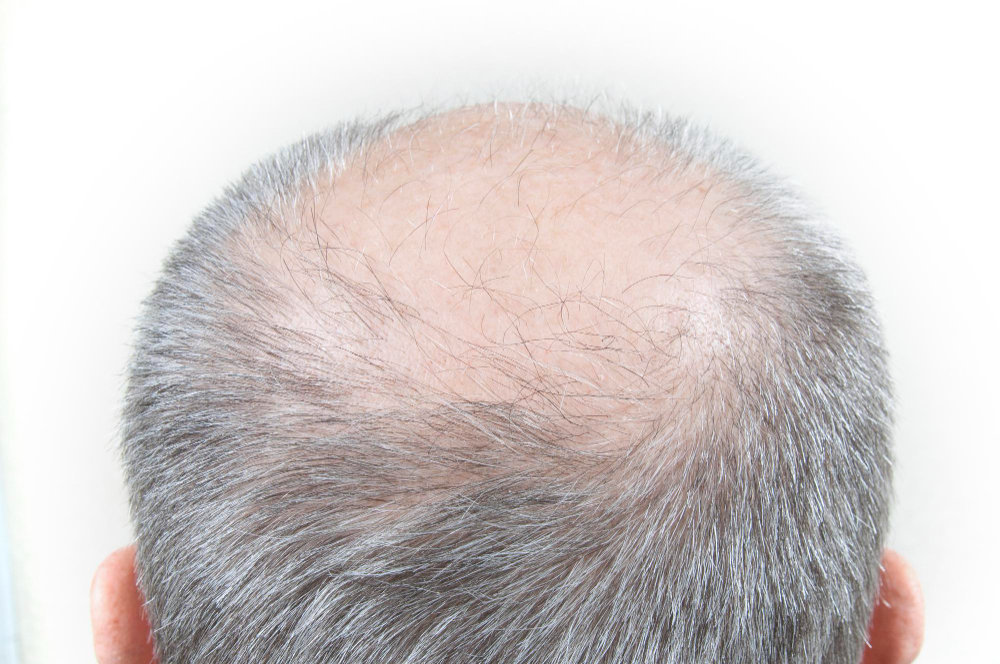
Introduction
Hair loss is a growing concern among men of all ages. This article looks closely at hair loss, particularly bald spots in the crown area.
A balding crown is not uncommon. It can be caused by male pattern baldness or other factors, including stress, illness, medical conditions, and some medications. If you're starting to notice a bald area and have concerns about it, talk to your GP, who may refer you to a specialist for treatment options.
Although thinning hair is often associated with the most common early signs of male pattern baldness, other factors can also cause crown hair loss. For example, stress and illness can result in the earliest signs of temporary hair loss or even hair falling from your head. Medications such as chemotherapy drugs or steroids may also lead to permanent thinning or complete baldness that affects the entire scalp.
In some cases of male pattern baldness, the presence of a small amount of scalp tissue between each thinning area makes it difficult for you to determine precisely where one zone ends and another begins.
Thinning hair
Men who lose their hair due to male pattern baldness tend to see one or more of the following common early signs.
-
Horseshoe pattern: This is the most common type of hair loss in men with male pattern baldness, and it's characterized by a widening area of hair thinning around your head. Hair begins to recede from your temples and forehead, resulting in a horseshoe-shaped "bald spot" on your scalp (which may eventually cover the top section). You may also see some thinning along the backside of your head, known as central crown recession.
-
Sideburns/temples: Men losing their hair from both sides will often notice that their sideburns begin shrinking first, followed by receding temples at about two inches above where the ear meets the face; these areas can then expand across other parts of their scalp as well.
The most well-known cause of male pattern baldness is a genetic predisposition to dihydrotestosterone (DHT)
Dihydrotestosterone, or DHT for short, is a hormone that causes hair follicles to shrink and eventually die. It's produced by the body when testosterone interacts with the enzyme 5-alpha reductase.
As it turns out, this enzyme also converts testosterone into dihydrotestosterone (DHT) in some regions of your body, including your scalp and prostate gland.
There's no known cure for male pattern baldness, but there are several treatments available that may slow its progress.
If you're looking for a more permanent solution to hair loss, you can try surgical procedures such as platelet-rich plasma (PRP) therapy and scalp reduction surgery. PRP involves injecting your blood into your scalp, which triggers the body to produce new growth factors that promote hair growth in men with patterned baldness. Scalp reduction surgery removes extra skin from the back of your head while keeping existing hair intact to cover any exposed areas of your scalp.
Hair transplantation

Hair transplant surgery is another popular option for men concerned about generalised thinning of the crown. This procedure involves removing healthy hair follicles from one part of your scalp and implanting them in the affected area. It's considered permanent, but it's not guaranteed to work. If you're considering this option, seek professional medical advice from your doctor—and read up on all the possible risks before committing to this procedure.
The good news is that there are several ways you can treat balding on the top of your head without having to resort to drastic measures - like hair transplants or medications that could have serious side effects.
Hair transplant surgery
If you're considering hair transplant surgery, it's essential to understand that the procedure is cosmetic. It is not a medical procedure and does not fix any underlying causes of baldness. It also doesn't slow down or stop your natural hair loss—it simply helps fill in the areas where your hair has thinned out on its own.
How does this work? Hair transplant surgery involves removing healthy hair follicles from other parts of your scalp and implanting them in the affected area, giving the appearance of thicker, fuller hair. The grafts are placed into tiny holes in the recipient area (the part with balding). Some doctors may use a punch tool instead of a needle to place each graft; they'll put several punches into one hole so there will be multiple hairs per hole instead of just one.
Although many people consider lifestyle factors such as diet and exercise as a way to prevent hair loss, there's little evidence to support this idea. Stress, diet and exercise are not known to prevent hair loss.
Over-the-counter treatments
You can find a variety of over-the-counter treatments that claim to stimulate new hair growth or prevent further hair loss. These include pills and topical solutions available in some countries, such as Rogaine and Minoxidil.
There are both benefits and drawbacks to these products. They may help you control your balding crown, but they aren't guaranteed to grow new hairs or stop your existing ones from falling out. In addition, many of these products have side effects such as skin irritation, dryness and itchiness.
The best way to determine whether an over-the-counter treatment is proper for you is by talking with your doctor about whether the product will work for you—and how much it costs (the price varies widely depending on where in the world you live).
You can take various approaches if you notice signs of balding at the crown
If you notice the common signs of balding at the crown or along the sides of your head, there are various approaches you can take.
-
You may want to try to find the cause of the hair loss. There are many potential triggers for male-pattern baldness, including genetics and hormones. If you think that any particular medical condition might be contributing to your hair loss, consult with your doctor.
-
You can also try to prevent further hair loss or baldness by using regular scalp conditioning treatments such as massages, masks or shampoos (see below).
-
Try an oral medication such as Finasteride, considered one of the most effective hair loss treatments, to prevent a bald spot from spreading and increase hair growth.
-
You can also try new hairstyles and styling products, as long as they stimulate hair growth.
Other signs might also include an itchy scalp resulting in irritated skin that may eventually lead to a bald spot spreading.
Conclusion
If you notice that your hair is thinning at the crown of your head, it's crucial to take action as soon as possible. Fortunately, treatments available may slow down or even reverse this process. We hope this article has helped you better understand what causes male pattern hair loss and how it affects men of all ages!
Learn more about hair loss treatments and products on our information page, click here to view.











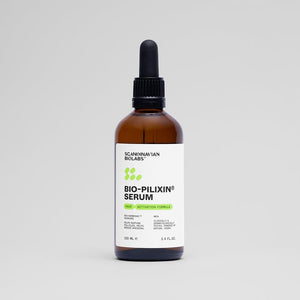


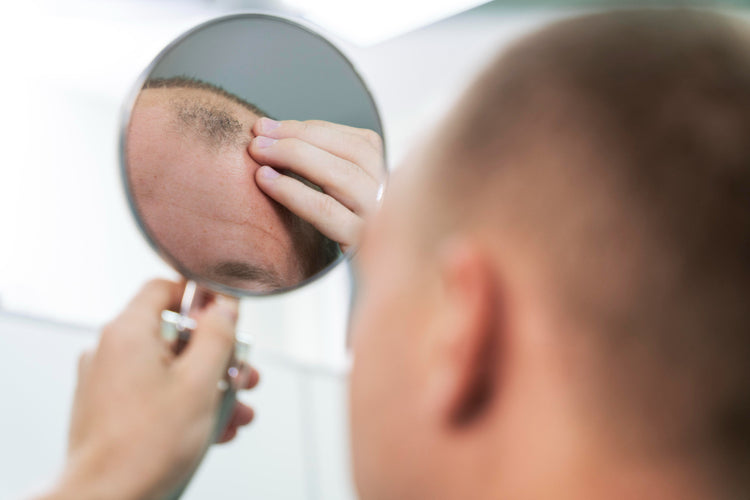





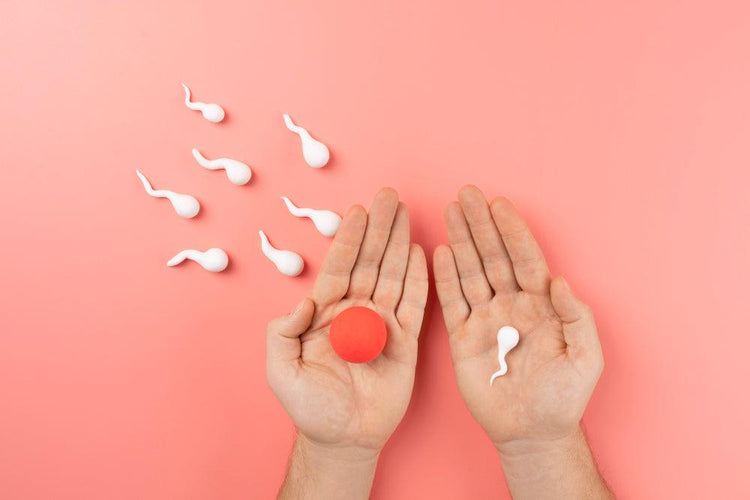
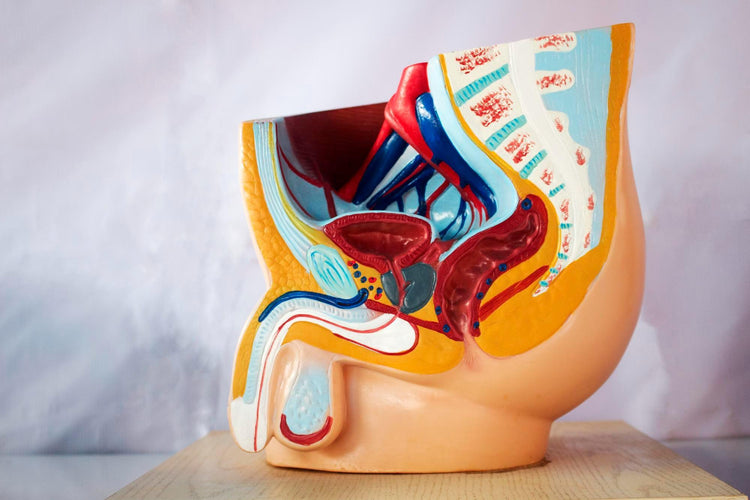

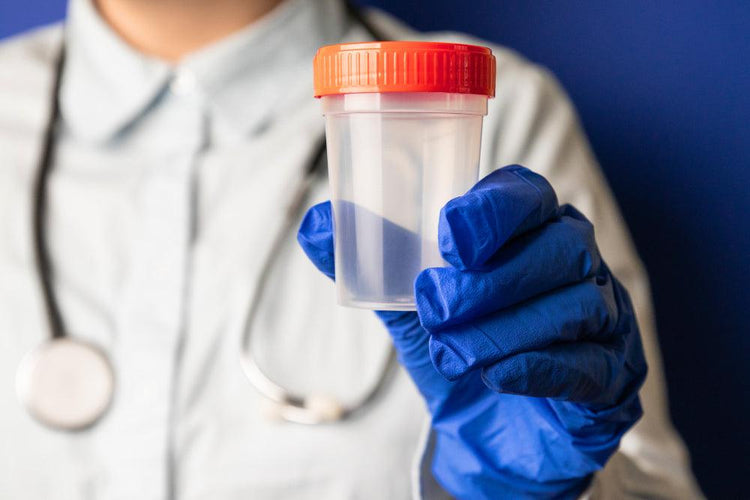
 Rated Excellent by 26,523+ Reviews
Rated Excellent by 26,523+ Reviews